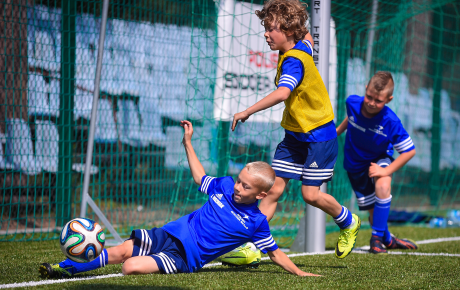We have just learned what FMS - Functional Movement System is. It is a system of movement patterns which helps identifying functional limitations and movement asymmetry.

We have just learned what FMS - Functional Movement System is. It is a system of movement patterns which helps identifying functional limitations and movement asymmetry.
Movement patterns are defined as coordinated and optimal functioning of the locomotor system which result is the movement of the whole body or its parts.
In other words, we can say that these are the initial paths, that is, complex movement functions which we learn in the early stages of our development and perfect them later on in life.
Since the beginning, your life is based on movement patterns which you change, adjust and improve. Your development is only possible thanks to specific movement sequentions which are coded in your body. Some sequentions precede the others, maintaining order and structure. First basic pattern which has occurred right after you were born was your breath. Observing new-borns, we can notice that next movement patterns are established in a form of rolling from side to side, leaning on arms, crawling and walking on all-fours. These are the basics which should not be underestimated during the development and are confirmed by numerous physiotherapeutic conceptions concerning child’s psychomotor activity. The most important part is that children know exactly how their path of development should look like. Analysing basic forms of activity, shaped during childhood and based on that, introducing changes into your training, may bring excellent results. We come to the world very mobile with a vast physiological range of movement in almost all the joints. What we are missing, though, is stability, coordination and strength which we start shaping since the first few months of our lives. The beginning of life is mostly characterised by developing stability with simultaneous building dependencies, based on motor coordination and strength. That is how more and more complex movement patterns are created. Remember, though that development has its rules and what is most important are the basics and order, without which you cannot skip to the next level of movement activity.
Remind yourself how the FMS functional tests’ base/matrix looked like. It referred to practically almost all the movements which you are using in each activity on a daily basis.
Summarising, a person has seven primal movement patterns:
Based on these patterns you will perfect your physical fitness and become a better football player. Remember, these are not limitations but possibilities. How you use them, depends on you!
If you have any questions, write to me ;) bartosz.kot@soccerskills.pro
PSS physiotherapy consultant, Bartosz Kot
Bartosz Kot, Physiotherapy